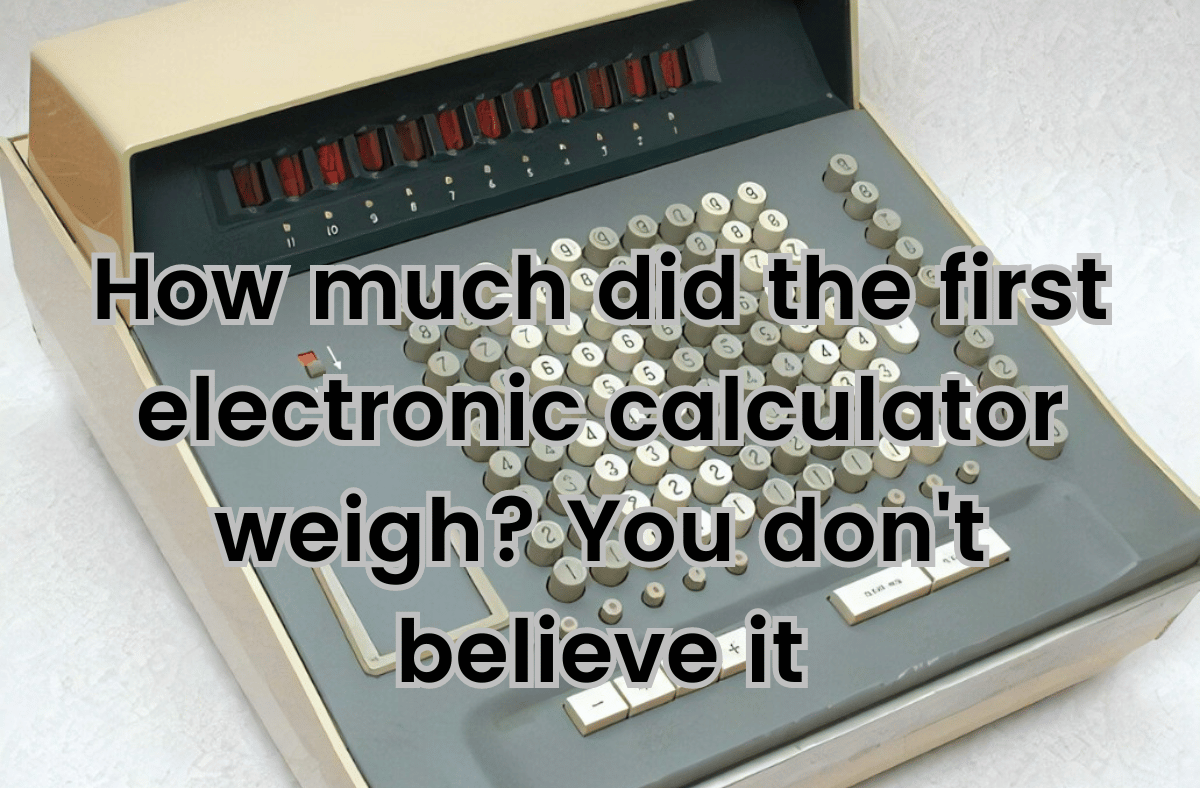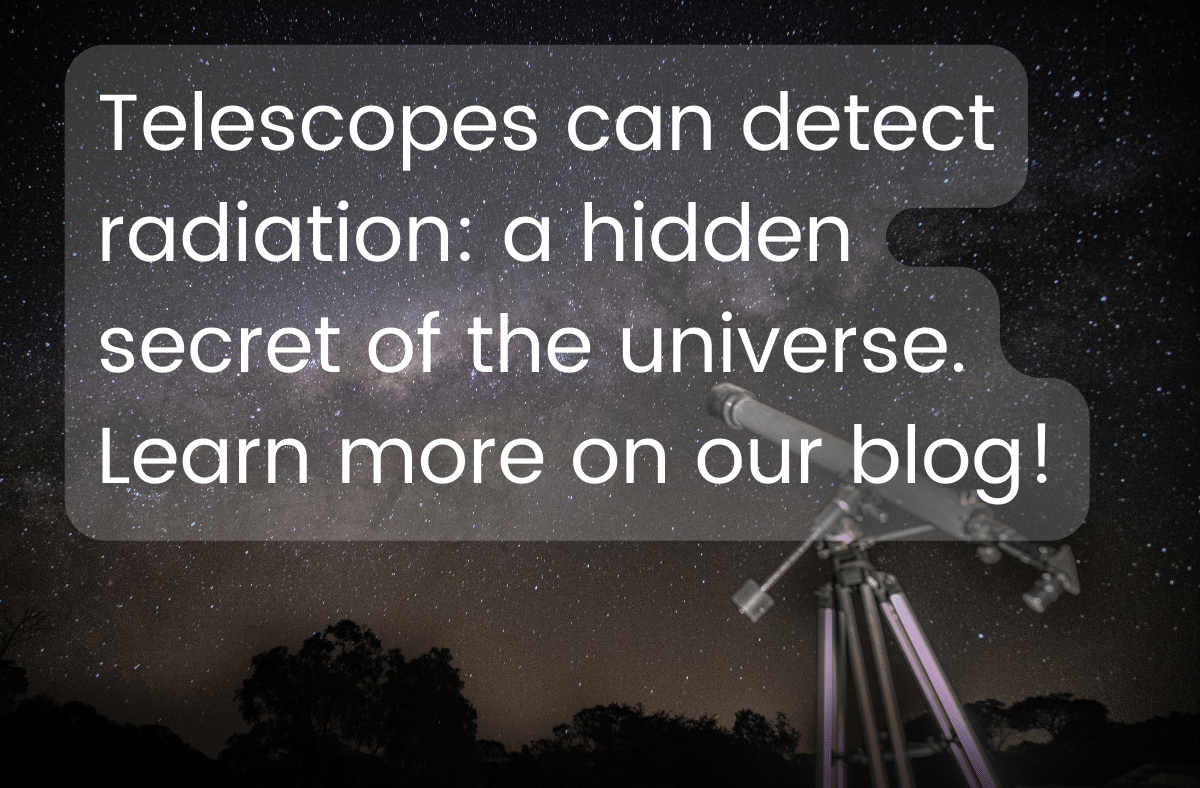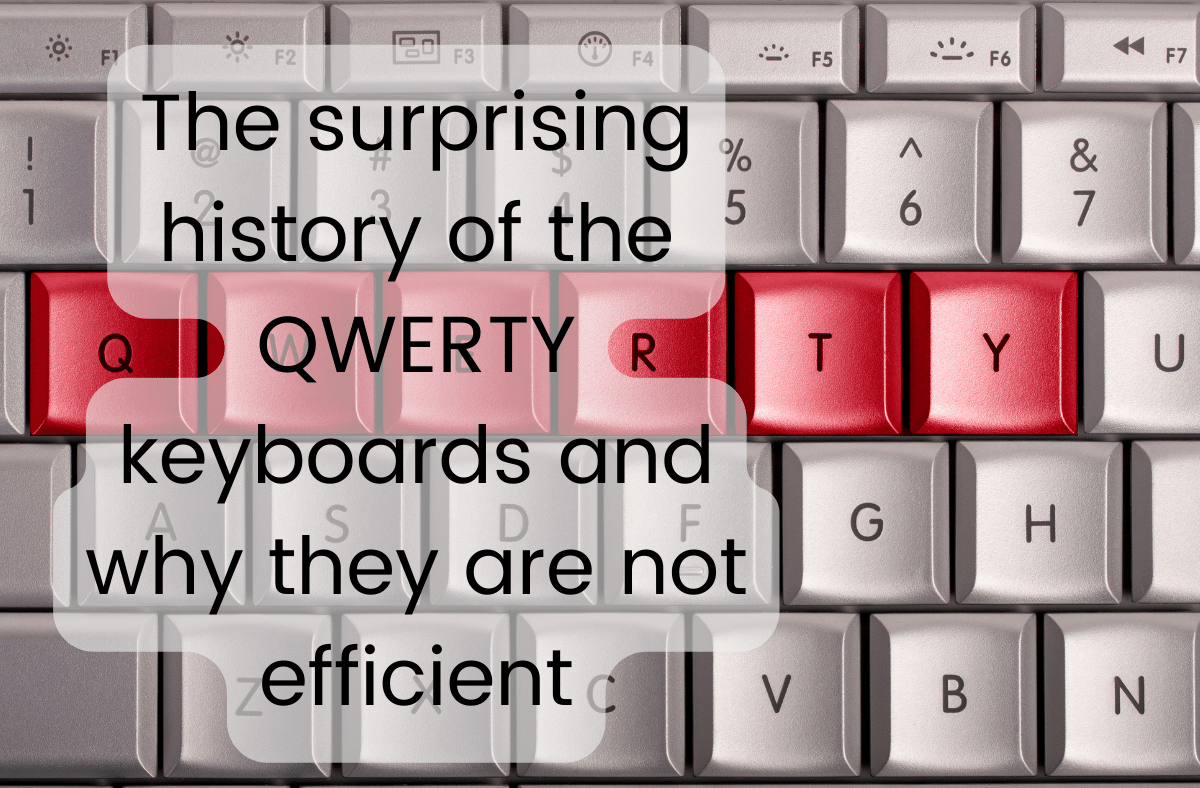For those in a hurry
- For nearly 20 years, from 1962 to 1977, the US nuclear launch codes were set to 00000000
- This was done by the Strategic Air Command (SAC) to bypass the security system known as Permissive Action Link (PAL)
- PAL was supposed to prevent unauthorized or accidental use of nuclear weapons
- SAC wanted to be able to launch the missiles quickly and without presidential approval
- This made the US nuclear arsenal vulnerable to theft, sabotage, or human error
How did this happen?
The US military has thousands of nuclear weapons, some of which are deployed on land-based intercontinental ballistic missiles (ICBMs). These missiles are stored in underground silos and can be launched at a moment’s notice.
But who has the authority to launch them? And how can we be sure that they are not used by mistake or by someone who is not authorized?
These questions became urgent during the Cold War, when the US and the Soviet Union were locked in a nuclear standoff. The risk of a nuclear war, either by design or by accident, was very high.
To address this issue, President John F. Kennedy signed an executive order in 1962 that required all US nuclear weapons to be fitted with a device called Permissive Action Link (PAL). PAL is a security system that prevents the arming and launching of nuclear weapons without the correct code and the authorization of the president.
PAL was supposed to ensure that only the president could initiate a nuclear attack, and that no one else could launch the missiles without his consent. It was also supposed to prevent the theft or sabotage of nuclear weapons by foreign agents or rogue elements.
Why did they use 00000000 as nuclear launch codes?
However, not everyone in the military was happy with PAL. The Strategic Air Command (SAC), which was in charge of the ICBM force, resented the interference of civilian authorities in their operations. They believed that PAL would slow down their response time and reduce their flexibility in a crisis.
SAC also feared that PAL could malfunction or be disabled by enemy action, leaving them unable to retaliate. They wanted to have the option to launch the missiles on their own, without waiting for presidential approval.
So, as soon as PAL was installed on the Minuteman ICBMs in 1962, SAC ordered its personnel to set the launch codes to 00000000. This effectively disabled PAL and made it possible to launch the missiles by simply turning a key.
SAC kept this a secret from the rest of the military and the government. They also instructed their crews to check that the launch codes were set to 00000000 before every shift. This practice continued until 1977, when an investigation by the Department of Defense revealed it and put an end to it.
What were the consequences?
The use of 00000000 as the launch code for US nuclear missiles was a huge security risk. It meant that anyone who had access to a missile silo could launch a nuclear warhead without any authorization or verification.
It also increased the chances of an accidental or unauthorized launch due to human error, technical failure, or miscommunication. For example, in 1979, a computer glitch at NORAD (North American Aerospace Defense Command) simulated a Soviet missile attack on the US, triggering a false alarm that almost started a nuclear war. If PAL had been bypassed, such an incident could have been catastrophic.
Moreover, the use of 00000000 as the launch code made the US nuclear arsenal vulnerable to theft or sabotage by foreign agents or rogue elements. If someone had discovered this secret, they could have potentially gained control over hundreds of nuclear warheads and used them for blackmail or terrorism.
Fortunately, none of these scenarios ever happened. But for nearly two decades, the US nuclear deterrent was based on a very weak password that could have been easily guessed or cracked.






















